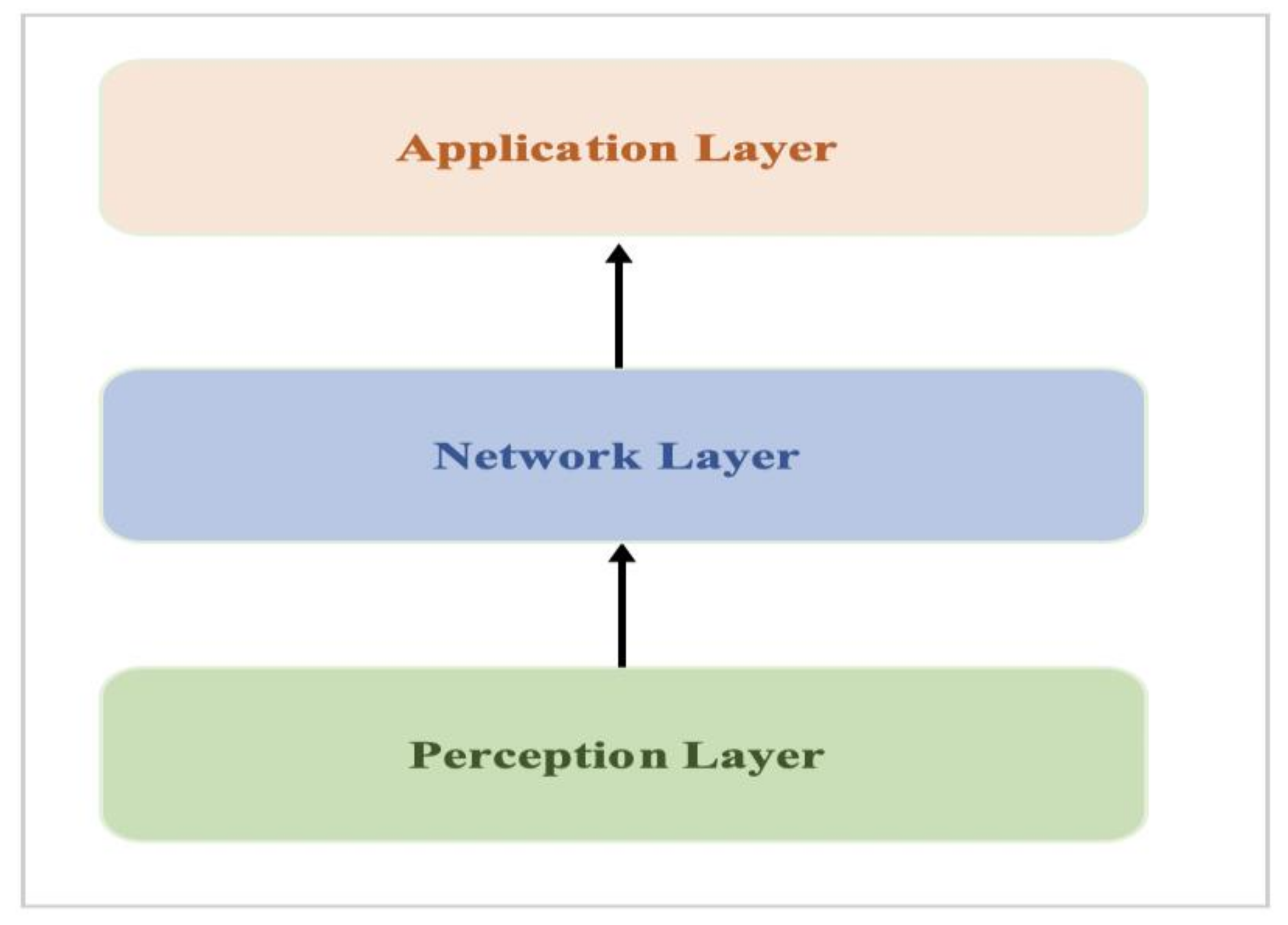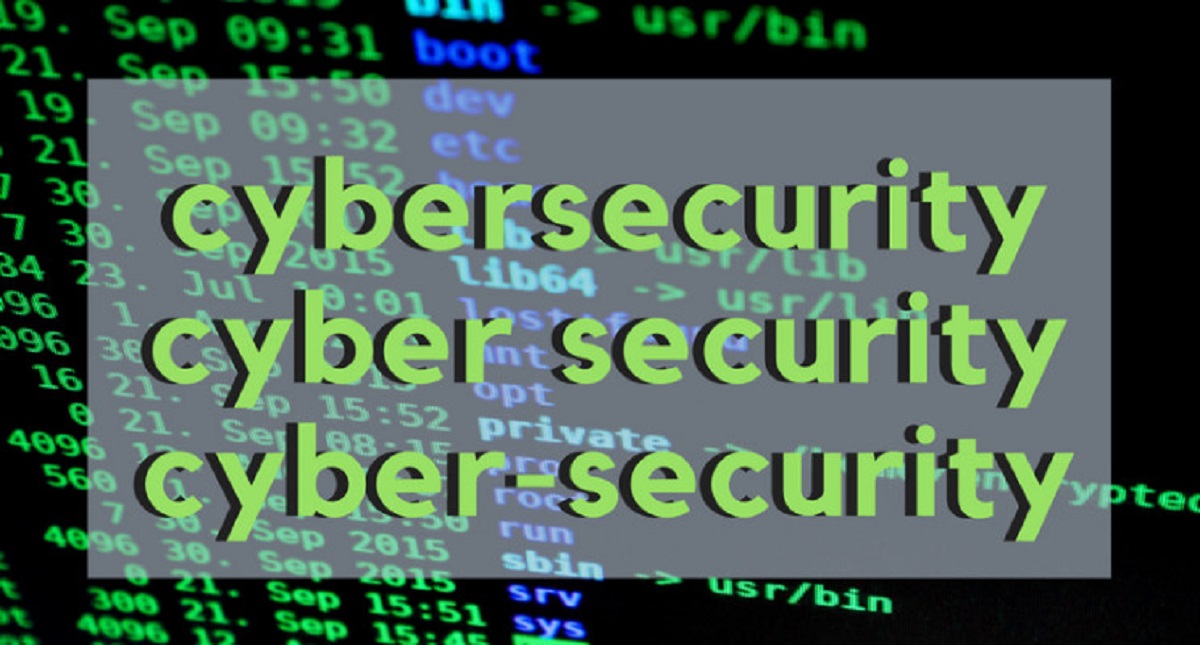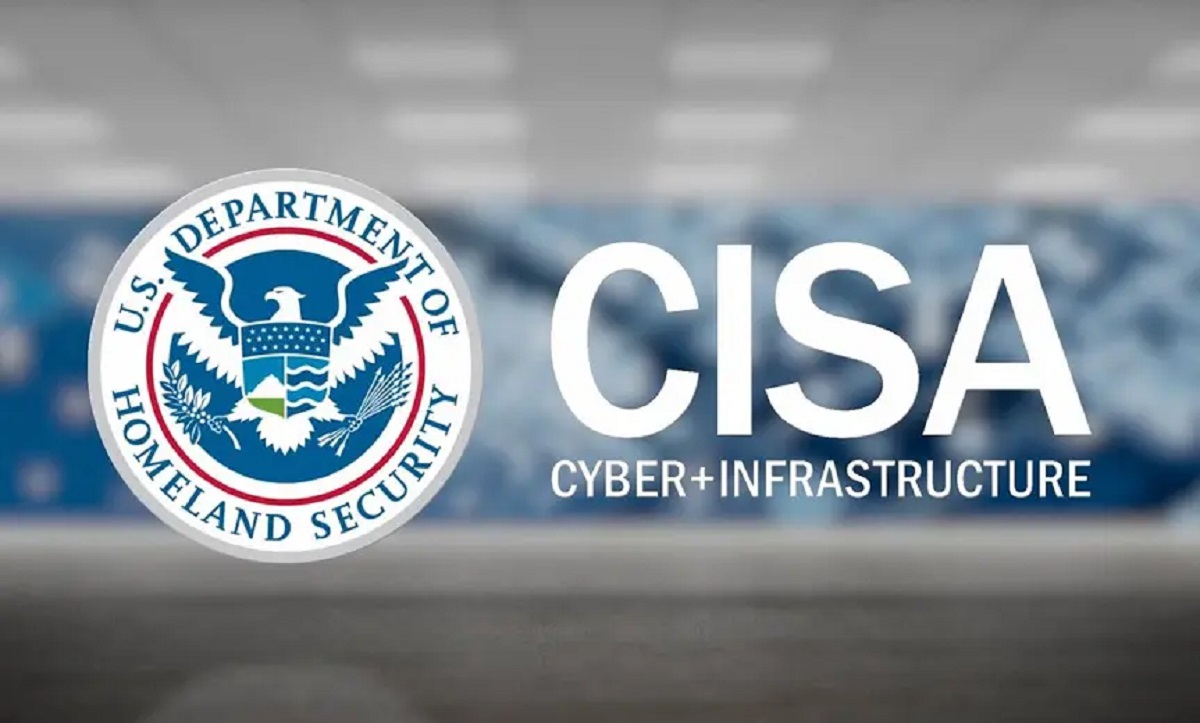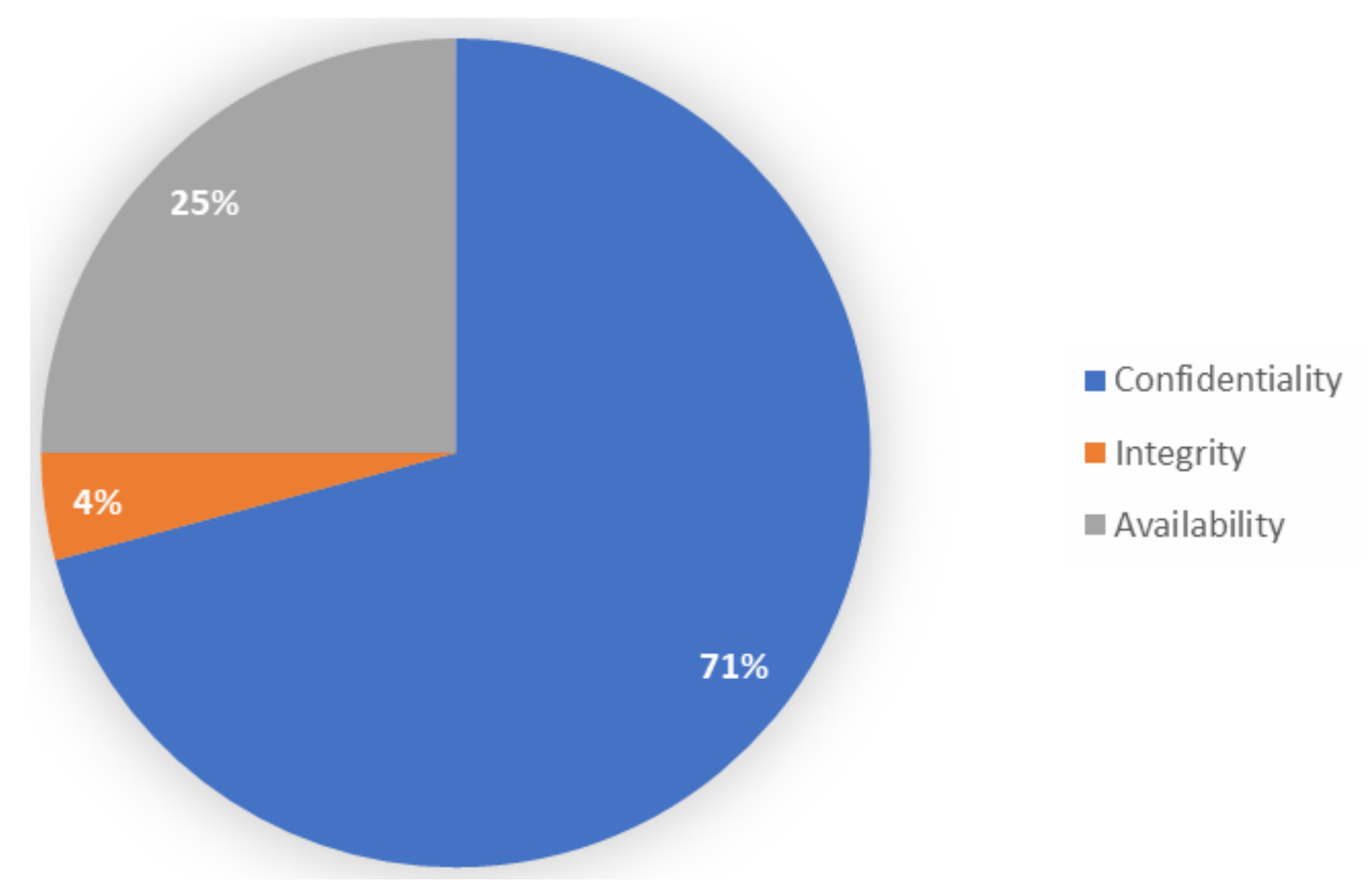Introduction
Evaluating and responding to cybersecurity threats is a crucial aspect of safeguarding sensitive information and maintaining the integrity of digital systems. With the increasing prevalence of cyberattacks, organizations must be proactive in addressing potential threats and minimizing the impact of security breaches.
Understanding the importance of cybersecurity and having a well-defined response strategy is paramount in today’s interconnected world. Responding effectively to a cybersecurity threat involves a systematic approach that consists of three key steps: identifying the threat, containing and mitigating the incident, and recovering and learning from the experience. By following these steps, organizations can significantly bolster their security posture and pave the way for a stronger defense against future attacks.
This article will delve into each of these steps and outline the essential measures that should be taken during each phase of the response process. From recognizing the signs of a threat to implementing measures for future prevention, this guide will provide a comprehensive overview of the necessary actions to take in the face of a cybersecurity incident.
It is crucial to note that every organization’s response to a cybersecurity threat may vary depending on their specific circumstances and infrastructure. However, the fundamental steps explained in this article can serve as a solid foundation for establishing an effective response plan.
Now, let us dive into the first step: identifying the threat and understanding its nature.
Step 1: Identify the Threat
The first step in responding to a cybersecurity threat is to accurately identify and understand the nature of the incident. Prompt detection and assessment of a threat can help minimize its impact and prevent further damage to your systems and data.
When it comes to identifying a cybersecurity threat, there are several crucial actions to take:
- Monitor Network Traffic: Implementing robust network monitoring tools can provide real-time insights into the traffic flowing within your systems. Unusual or suspicious patterns, such as unexpected data transfers or connections to known malicious IP addresses, may signal a potential threat.
- Deploy Intrusion Detection Systems (IDS) and Intrusion Prevention Systems (IPS): IDS and IPS solutions monitor your network for any unauthorized access attempts, unusual behavior, or known attack signatures. These systems can automatically detect and alert you to potential threats, enabling a swift response.
- Stay Informed: Keep abreast of the latest cybersecurity news, vulnerabilities, and attack vectors. Regularly review threat intelligence reports, security forums, and alerts from reliable sources. This information can help you stay informed about emerging threats and identify any potential vulnerabilities in your systems.
- Train Employees: Educate your employees about the various types of cybersecurity threats, such as phishing, malware, and social engineering. Teach them how to recognize and report any suspicious activities or emails. Human error is often an entry point for attackers, so creating a culture of cybersecurity awareness is vital.
- Conduct Regular Vulnerability Assessments: Perform periodic vulnerability assessments and penetration tests to identify any weaknesses or vulnerabilities in your systems. This proactive approach allows you to address potential security gaps before they are exploited.
By implementing these measures, you can enhance your organization’s ability to detect and identify cybersecurity threats. Actively monitoring your network, staying informed about new threats, training your employees, and conducting regular assessments are all essential components of an effective threat identification strategy.
Once a threat has been identified, it is crucial to act swiftly and move on to the next step: containing and mitigating the incident.
Step 2: Contain and Mitigate the Threat
After identifying a cybersecurity threat, the next critical step is to contain and mitigate the incident. It is essential to take immediate action to minimize the impact of the threat and prevent it from spreading further within your systems.
Here are some key steps to consider when containing and mitigating a cybersecurity threat:
- Isolate Affected Systems: Identify the compromised systems and isolate them from the network to prevent the threat from spreading. This could involve disconnecting affected devices or segmenting the network to contain the incident.
- Shut Down Vulnerable Services: If the threat is attributable to a specific service or application, temporarily disabling or shutting down those services can help contain the incident and prevent further exploitation or data loss.
- Patch and Update: Apply any available patches or updates to vulnerable software or systems to address the security vulnerabilities that the threat may have exploited. Keeping your software up to date is crucial in preventing future attacks.
- Change Passwords and Credentials: Reset passwords and revoke access tokens for any accounts that may have been compromised. Implement a strong password policy and encourage users to choose unique, complex passwords to enhance security.
- Engage Incident Response Team: If you have an internal incident response team or access to external cybersecurity professionals, involve them in the containment and mitigation process. Their expertise and experience can significantly aid in handling the incident effectively.
- Collect and Preserve Evidence: Document all the relevant information about the incident, including any logs, screenshots, or suspicious files. This evidence can be useful for further investigation, legal proceedings, and potential recovery efforts.
Containing and mitigating a cybersecurity threat requires a swift and coordinated response. By isolating affected systems, shutting down vulnerable services, patching and updating software, changing passwords, and engaging an incident response team, you can limit the impact of the incident and prevent it from escalating.
Once the immediate threat has been contained, it is time to focus on the final step: recovering from the incident and learning from the experience.
Step 3: Recover and Learn from the Incident
Recovering from a cybersecurity incident is a complex process that involves restoring affected systems, assessing the damage, and learning from the experience to prevent future occurrences. It is essential to follow a methodical approach to ensure a thorough recovery and improve cybersecurity resilience.
Here are the key steps to undertake during the recovery phase:
- Restore Backups: If you have regular backups of your data, restore them to clean and secure systems. Ensure that the backups are free from any potential malware or vulnerabilities that may have contributed to the incident.
- Perform Forensic Analysis: Conduct a detailed forensic analysis to identify the root cause of the incident. Determine how the threat gained access, assess the extent of the damage, and identify any data breaches or information theft that may have occurred.
- Implement Security Improvements: Use the knowledge gained from the incident to enhance your organization’s security measures. This may include implementing additional layers of security, updating security policies, improving access controls, or enhancing employee training programs.
- Communicate with Stakeholders: Keep all internal and external stakeholders informed about the incident, including employees, customers, partners, and regulatory authorities, if required. Transparency in communication helps build trust and ensures that everyone can take the necessary steps to protect themselves.
- Conduct Post-Incident Analysis: Evaluate your incident response plan and identify areas for improvement. Determine if there were any shortcomings in the response process and implement changes to enhance future incident handling.
- Train and Educate: Provide additional training and education to employees to enhance their awareness of cybersecurity threats and best practices. Regular refresher courses and awareness programs can help establish a strong security culture within your organization.
Recovering from a cybersecurity incident is not just about restoring systems; it is an opportunity to strengthen your organization’s security posture. By restoring backups, performing forensic analysis, implementing security improvements, communicating with stakeholders, conducting post-incident analysis, and training employees, you can learn from the incident and build a more resilient security framework.
Remember, cybersecurity is an ongoing journey, and incidents can serve as valuable learning experiences that lead to better preparedness in the face of future threats.
Conclusion
Responding to cybersecurity threats requires a proactive and well-structured approach to protect sensitive information and maintain the integrity of digital systems. By following the three key steps of identifying the threat, containing and mitigating the incident, and recovering and learning from the experience, organizations can strengthen their cybersecurity defenses and mitigate the impact of security breaches.
During the identification phase, organizations should monitor network traffic, deploy intrusion detection systems, stay informed about emerging threats, train employees, and conduct regular vulnerability assessments. These measures help in promptly identifying potential threats and taking proactive measures to mitigate their impact.
Once a threat has been identified, the focus shifts to containing and mitigating the incident. This stage involves isolating affected systems, shutting down vulnerable services, patching and updating software, changing passwords, and involving incident response teams. The objective is to minimize the impact of the threat and prevent it from spreading further within the organization.
After containing the incident, the recovery phase begins. Organizations should restore backups, conduct forensic analysis, implement security improvements, communicate with stakeholders, conduct post-incident analysis, and provide additional training to employees. This phase aims to restore affected systems, learn from the incident, and strengthen the organization’s security posture for the future.
It is important to note that cybersecurity is an ongoing process that requires continuous monitoring, assessment, and improvement. Organizations must remain vigilant and adapt their security practices to address emerging threats and vulnerabilities.
By following these three steps, organizations can effectively respond to cybersecurity threats, minimize the impact of incidents, and strengthen their overall security infrastructure. Prioritizing proactive cybersecurity measures and fostering a culture of awareness and preparedness are crucial for safeguarding sensitive information and maintaining trust in today’s digital landscape.

























